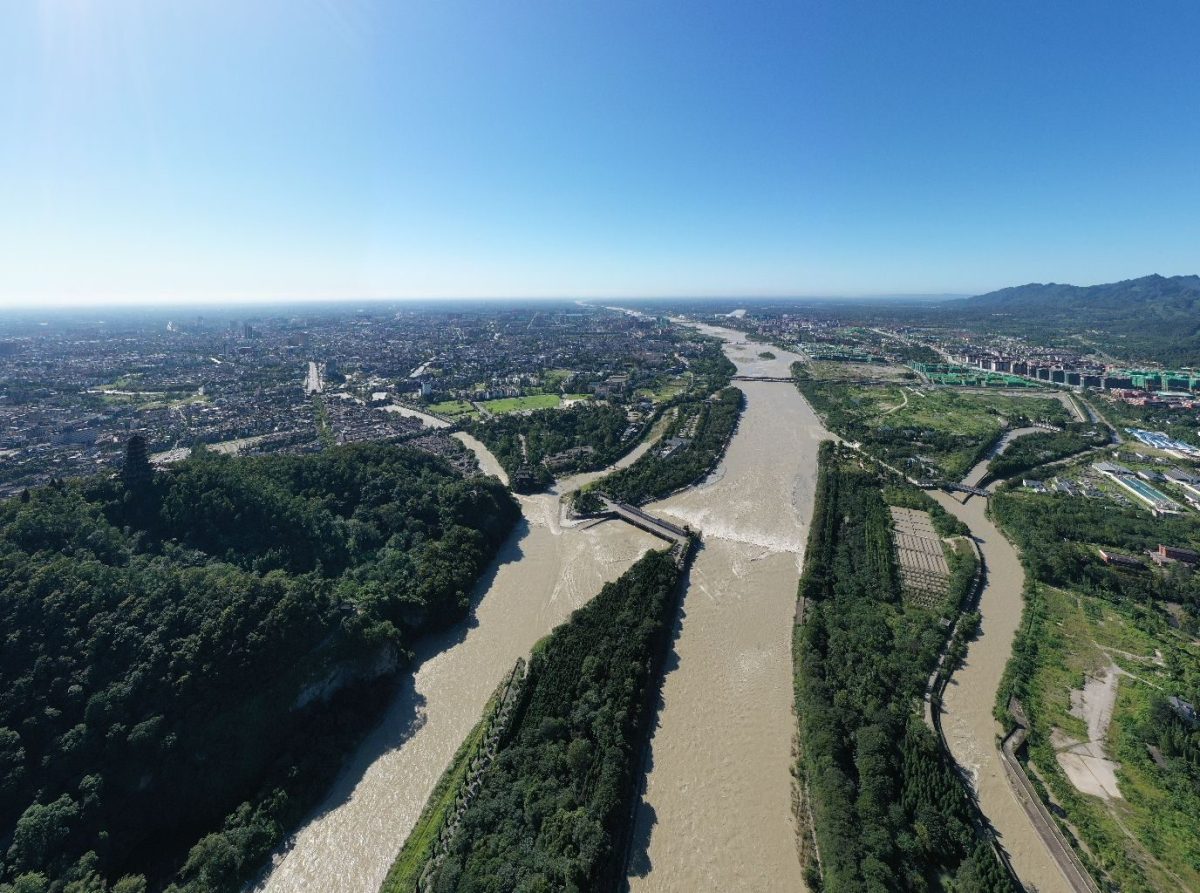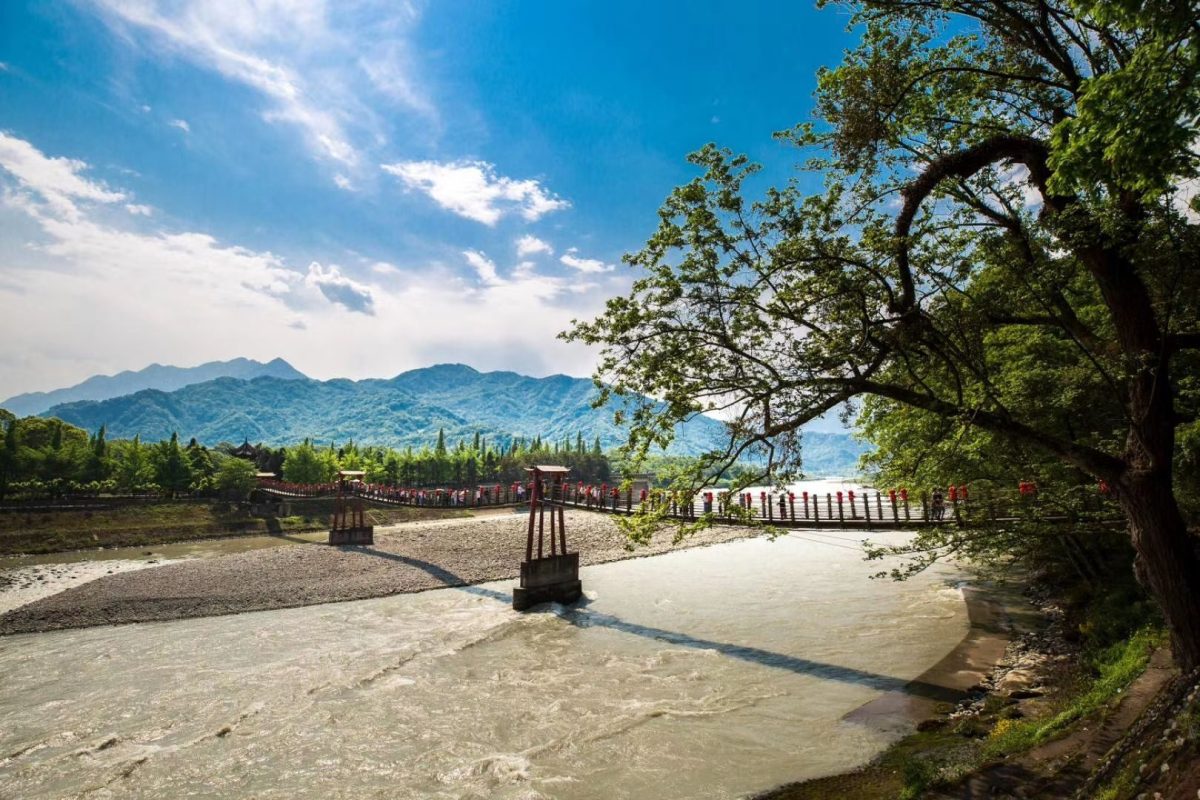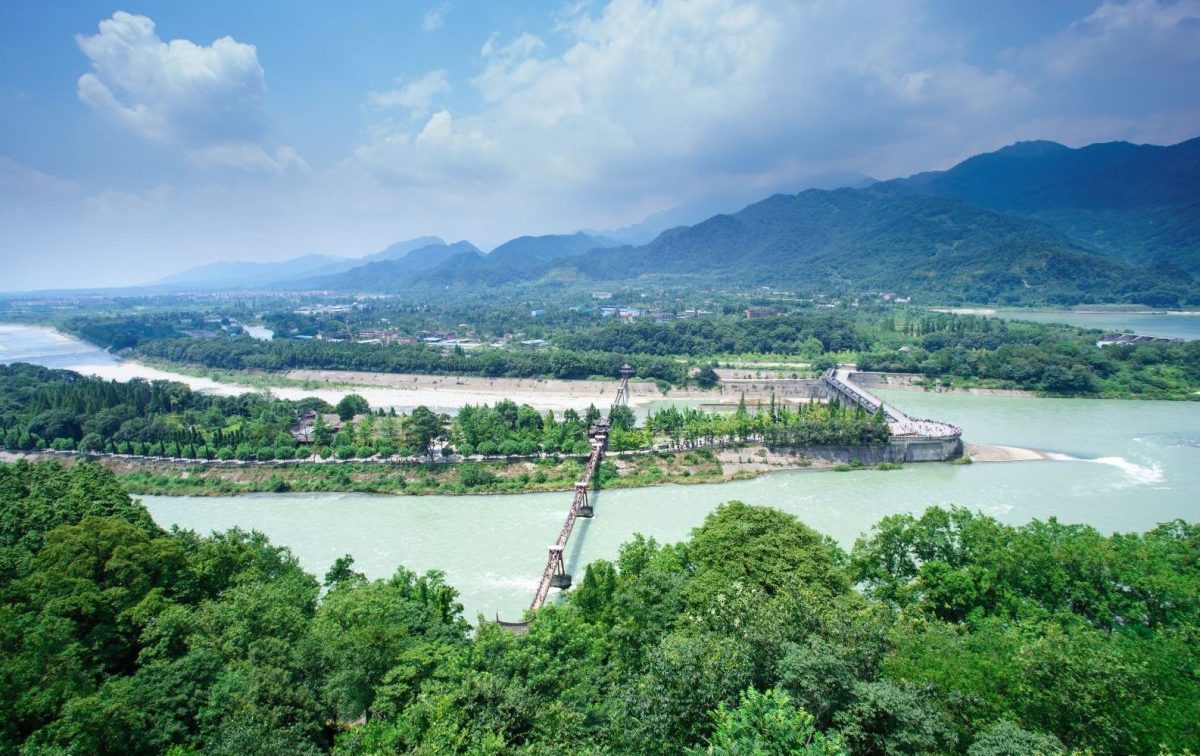Located on the northwestern edge of the city of Chengdu in Sichuan Province, China, Dujiangyan is a breathtaking World Heritage Site. Not only is this project one of the world’s oldest damless irrigation systems still in use today, but it is also an example of human ingenuity working in harmony with nature. Its story begins in about 256 BC, when it was meticulously designed and built by Li Bing and his son, more than 2,000 years ago.
During the distant Warring States period, the land of Shu (present-day Sichuan Province) was frequently flooded, causing the people to suffer and agriculture to struggle. In order to change this predicament, Li Bing, the then governor of Shu County, was instructed to take action, and he decided to build a great project, Dujiangyan, which could control the flooding and safeguard people’s lives and properties. Li Bing and his son, Li Erlang, made use of the natural topography of the area and skillfully designed a system of “dividing, diverting and storing water”, which successfully introduced the raging Minjiang River into the Chengdu Plain, effectively alleviating the flooding and bringing an abundant source of irrigation water to the land, which made the Chengdu Plain prosperous and known as the “Land of Heavenly Capital”. “Land of Heavenly Capital”.

The core structure of Dujiangyan is exquisite, mainly consisting of three major parts: the Fish Mouth, the Flying Sand Weir and the Baobuikou:
The Fish’s Mouth: This is a water-dividing embankment located in the center of the river, which resembles the open mouth of a big fish, skillfully dividing the Min River into two. The river to the west, known as the Outer River or “Jinma River”, is the main stream of the Min River and is mainly responsible for draining floodwaters, while the Inner River to the east meanders along the foothills of the mountains and serves as a man-made diversion channel, providing valuable water resources for farmland.
Feisha Weir: This is a seemingly ordinary but powerful overflow channel that not only drains excess floodwater, but also effectively removes sediment from the water, while regulating the volume of water to ensure the stable operation of the Dujiangyan system. The design of the Flying Sand Weir is one of the keys to the success of Dujiangyan, and it silently guards the Chengdu Plain from flooding.
Baobingkou: The Baobingkou is an elaborate “control gate” located on the long ridge of Wui Mountain (now known as Goukou Mountain and Yubi Mountain) that extends into the Minjiang River, and was carved out by hand. It strictly controlled the amount of water entering the Neijiang River and was shaped like the mouth of a bottle, hence its name. The right side of the mouth of the bottle is left as an isolated hill, which is called “Li Dui” because it is separated from the main mountain range.

Today, Dujiangyan is not only an outstanding representative of ancient water conservancy projects, but also a tourist attraction for countless domestic and foreign tourists. With the picturesque landscape and the gurgling of the Minjiang River in the Dujiangyan Scenic Spot, tourists can not only witness this ancient and great water conservancy project, but also deeply feel the historical flavor and cultural heritage that has traversed thousands of years.If you are already in Chengdu, here is a detailed article on how to travel from Chengdu to Dujiangyan Irrigation System.
Dujiangyan, a miracle that perfectly combines the beauty of nature and human wisdom, is quietly telling its immortal story, waiting for every visitor to listen and marvel.

